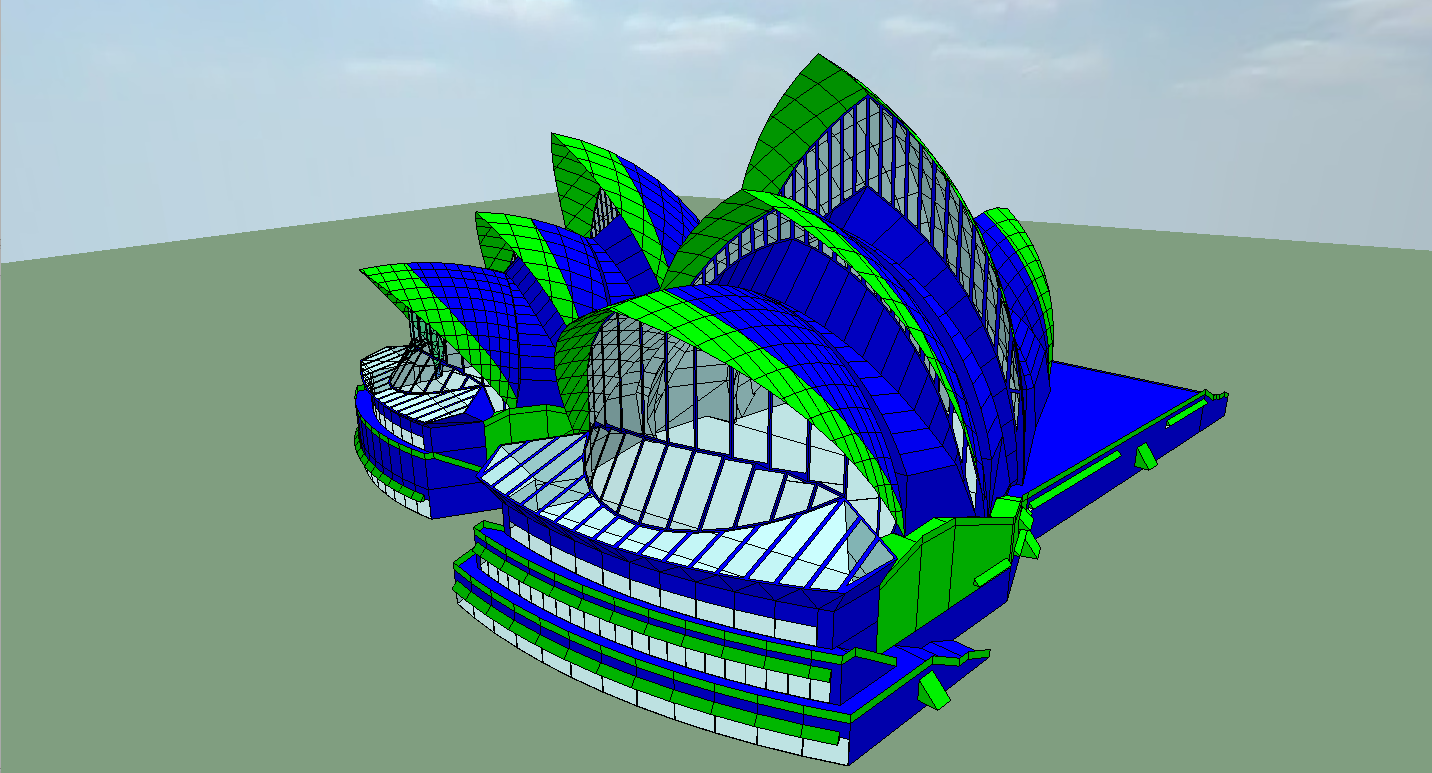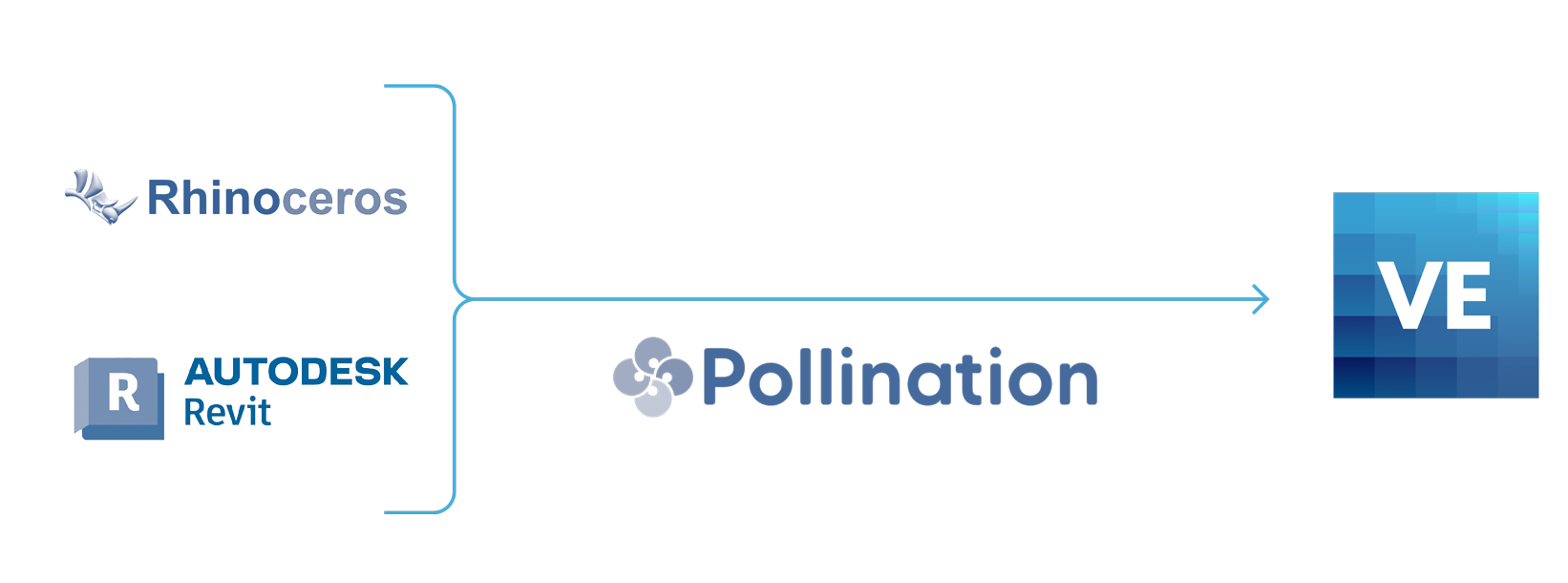
When it comes to delivering high-performance building design, the process of translating Building Information Models (BIM) to Building Energy Models (BEM) has often been fraught with technical challenges. While BIM platforms such as Revit and Rhino provide architects and engineers with sophisticated design tools, these models are rarely used directly for energy simulation.
Typical challenges in BIM-to-BEM workflows can include a range of issues, encompassing everything from loss of geometry and metadata, misalignment of room boundaries leading to overlapping or missing thermal zones, to incorrect classification of elements and openings – for example, windows being treated as walls. Additionally, shading and context inconsistencies can affect solar radiation and daylight modelling. All of these issues can culminate in significant frustration for design teams, leading to substantial time and effort wasted on correcting errors.
Traditionally, methods like gbXML or IFC exports have been used to bridge this gap. However, anyone who has used these methods knows the limitations and frustrations that can arise. A major challenge stems from the inevitable inaccuracies when converting an architectural model into a wireframe energy model, where differences in wall thicknesses, room heights, and other variations can cause overlaps, slivers, and other geometry issues, often resulting in an invalid model.
For a successful gbXML or IFC transfer, BIM models must be perfectly prepared to avoid error. However, even then, complex geometries can sometimes prove too difficult to handle, meaning there are often cases where it is easier to remodel from scratch in the BEM environment.
Fortunately, advancements in interoperability have come a long way in recent years, with a new partnership between IES and Pollination looking set to transform the BIM-to-BEM workflow and dramatically reduce the time needed to prepare models for energy analysis.

The partnership is a game-changer for modellers that use Revit or Rhino to more easily integrate IESVE’s building performance analysis capabilities into their existing workflows. Now, instead of having to create a separate energy model from scratch, users can leverage their existing design models – a major advantage, particularly for larger or more complex projects.
This integration offers several key advantages that significantly enhance the design-to-analysis process. Users can independently edit models, making it possible to correct errors without altering the original design file, while continuous visual feedback throughout the process helps to eliminate the guesswork typically associated with model transfers. The partnership also supports advanced geometry handling via .GEM export, allowing for the accurate import of complex geometries that gbXML and IFC methods struggle with. Together, these improvements streamline workflows by eliminating the need for time-consuming remodelling, enabling a much more efficient design-to-analysis pipeline.
As an early adopter, Arup has been utilising the Pollination Revit to IESVE plug-in to transform its modelling workflow across multiple projects and building types in the UK, Europe, and Middle East. The streamlined workflow has enabled them to reduce modelling times by up to 40%, unlocking valuable time for their team to invest in optimising and fine tuning the performance of their designs.
Want to learn more?
Visit the IES website or check out IES & Pollination’s on-demand interoperability update webinar to explore how the IESVE Pollination Plug-In is making data exchange faster, easier and more reliable than ever before.
